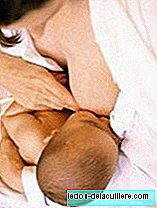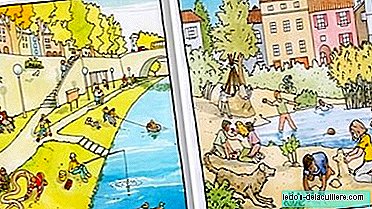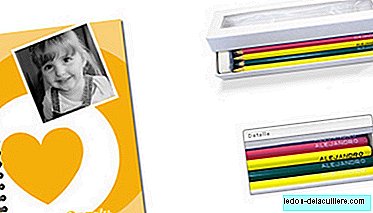For all lovers of design, iconography and history, I think Huaman Poma de Ayala's work is highly recommended. It is an author of the sixteenth and seventeenth centuries who wrote, in manuscript form, with excellent calligraphy and fascinating drawings, the work: The first new corónica and good government in the year 1615 (estimated).
In addition, the original work was found in Denmark and the Digital Research Center of the Royal Library of Denmark, Copenhagen, has digitized the content and allows free access on the Internet. This is how you can read the work of Felipe Guaman Poma de Ayala called The First New Coronica and Good Governance (København, Det Kongelige Bibliotek, GKS 2232 4th). Review the work, page by page, with the kids it can be an entertaining exercise to teach them history, how to write, to draw, to explain the trips that Guaman Poma made and many more fascinating things through the Internet.
I don't know much about Guaman Poma's work nor am I a specialized historian. His work, as an amateur reader, seems very surprising and attractive. His writings in the original language and that can be read thanks to the transcription made by the Danish Library, are fresh and difficult to read by that passage of time. I have also read on the Internet to write this article, that the author stressed the importance of universal education for all children of the time regardless of where they were, in the city or in the countryside.
It seems that in addition to traveler and observer Guaman Poma was very intelligent and anticipated his time. I imagine that I would perceive the existing inequalities and try to identify ways to reduce them. That is why he also defended the integration among the citizens of Peru at that time. He also defended the learning of music and artistic education in the educational process.
The work has 1,180 pages and 397 drawings. The work was sent to Spain and apparently lost. Today it is preserved in the Royal Library of Copenhagen and can be consulted on the Internet.











